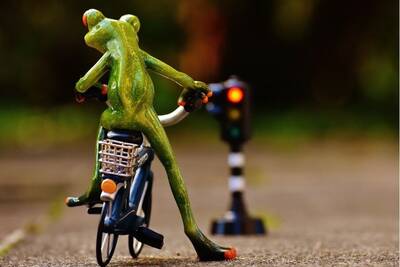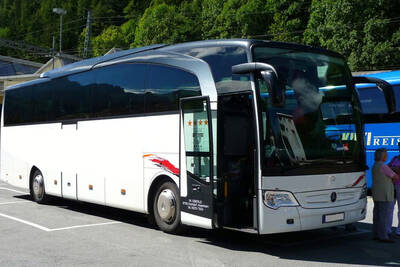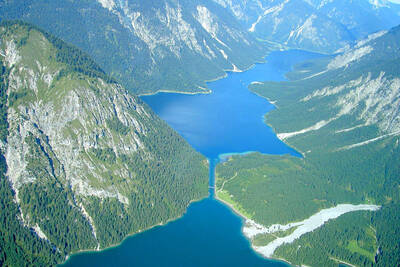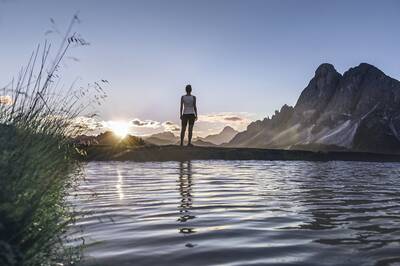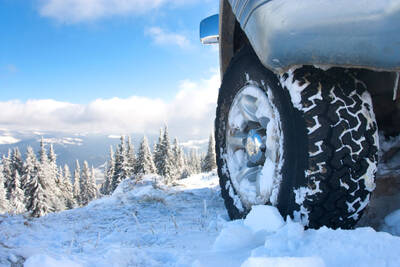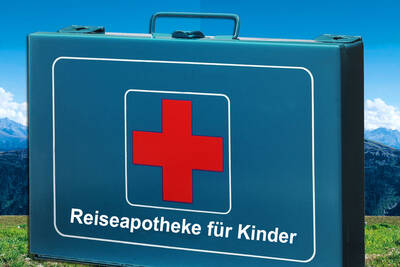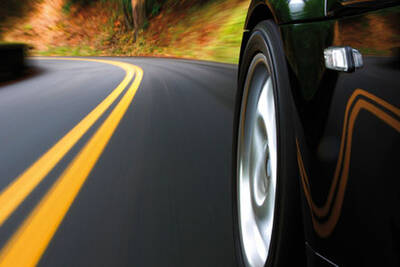Driving in winter - The Snow King in the rearview mirror
Winter is the time for skiing, snowboarding, cross-country skiing, and tobogganing. Tyrol and South Tyrol play their best cards here.
What these sports have in common: they use the sliding effect on the snow. However, what is desired here is not desired when driving a car. And before starting the journey, there are a few things to consider. We'll tell you what that would be.
Sweeping and cleaning for safety
It's a beautiful sight when the white flakes slowly glide to the ground and cover the landscape in an idyllic blanket of snow. This blanket also looks good on cars - as long as you don't have to drive away. If you can't avoid it, you should always clear the entire vehicle of snow - including the roof, because during braking, the snow cap can suddenly land on your windshield.
Also, do not pour hot water on the windshield to avoid scraping ice. The extreme temperature difference can severely damage the glass and cause it to crack.
Regularly clean headlights and taillights, as snow and mud can reduce the brightness by up to 80 percent.
Yes, it's cold. But still take off your jacket before getting in. Otherwise, the function of the seat belt would be compromised, as it should fit snugly against the body to be able to catch you in an emergency.
Avoid driving with a nearly empty tank. It can always happen that the car skids off the road or gets stuck in traffic. In this case, it's good if you can warm up with the heater running from time to time while waiting for the tow truck or the long-awaited continuation of your journey.
For the snow-covered road, drive slowly. If the tires start to spin, don't panic and simply take your foot off the gas - the car will find its way again. In snowy conditions, the braking distance also increases. In general, it is best to avoid abrupt braking maneuvers. This is best achieved through anticipatory driving and keeping a greater distance from the vehicle in front. For vehicles without ABS, it should be avoided to brake and steer at the same time. In this case, you can help yourself by alternately braking and releasing the brake, braking and releasing the brake, braking... This is essentially the effect of ABS, which you trigger in this case with your own leg.
Pay attention to objects casting shadows on the edge of the road (such as trees and tall buildings), road sections that are rarely used, sudden inclines, bridges and depressions - dangerous black ice can form here more quickly. If you really start sliding, keep a cool head, decelerate and try to countersteer with gentle movements - not too hard, but with feeling and fluidity.
Traveling giant salt spreaders
Salt spreaders can be a blessing and a curse at the same time. Of course, they clear the way, but the spreading material is very aggressive towards the car body, damages the paint and leads to rapid corrosion. Therefore, you should regularly wash your car with plenty of water. In addition, the salt affects the braking effect because it adheres to the brake discs. After starting the journey, brake a few times lightly to grind it off the discs.
It requires patience to get in line behind the snowplow. But in general, you are always better off not overtaking salt spreaders. The uncleared road in front of it is rarely passable faster, at least if you value careful driving. In addition, during the overtaking process, you can quickly get into the snowdrift that is stirred up and thrown to the side by the snowplow.
When exiting the highway, reduce the speed beforehand, namely on the cleared road. This reduces the risk of skidding or coming too late to the corresponding reduced speed.
As beautiful as winter is, every accident significantly tarnishes the holiday experience. Therefore: look ahead and give priority to safety - even if it takes longer.
 How do you like the content of this page?
How do you like the content of this page?
Please give us your feedback!








 How do you like the content of this page?
How do you like the content of this page?




